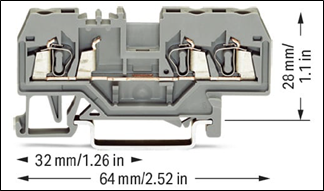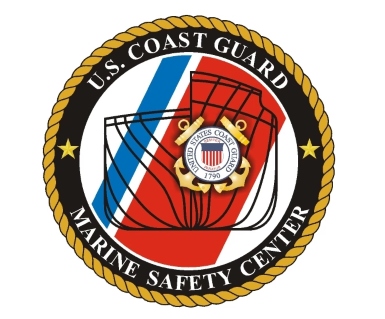
The National Transportation Safety Board (NTSB) has released an update for its ongoing investigation on the shipping incident that caused the Francis Scott Key Bridge in Baltimore to collapse following a collision with the container ship MV Dali.
The Dali was leaving Baltimore Harbor on 26 March when it lost electrical power and propulsion and struck the southern pier supporting the central truss spans of the bridge. A portion of the bridge subsequently collapsed. Six construction crewmembers on the bridge at the time of the contact were fatally injured, one construction crewmember was seriously injured and one crewmember on the Dali was injured.
In the update, NTSB said its investigators have completed in-person interviews of the vessel’s crew. Onboard examination of engineering systems and testing of electrical systems has been completed. Documentation of the damage to the vessel structure is ongoing.
During the accident voyage, electrical breakers HR1 and LR1 unexpectedly opened when the vessel was three ship lengths from the Key Bridge, causing the first blackout to all shipboard lighting and most equipment. While examining and testing the vessel’s electrical power distribution system and control circuitry, NTSB investigators (in coordination with vessel crew and parties to the investigation) noted an interruption in the control circuit for HR1’s undervoltage release.
NTSB investigators subsequently removed an a terminal block from the control circuit for HR1’s undervoltage release. Two portions of control wiring associated with the terminal block were also removed. Investigators continue to examine the removed components at the NTSB Materials Laboratory. NTSB will continue to evaluate the design and operation of the vessel’s electrical power distribution system, and investigate all aspects of the accident to determine the probable cause and identify potential safety recommendations.
This update does not include analysis or discuss probable cause in this ongoing investigation. As such, no conclusions regarding the cause of the contact should be made based on the information contained in the update. The information in the update is preliminary and subject to change as the investigation continues.

